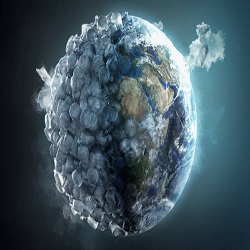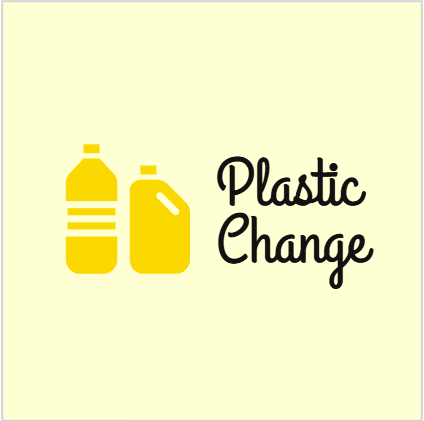the persistance of plastic polution
Plastic pollution persists because plastics are designed to be durable and resistant to degradation, which allows them to withstand environmental forces for an extended period. Unlike many natural materials , plastics do not break down easily and instead fragment into smaller pieces over time. These smaller fragments, known as microplastics, continue to accumulate in the environment, as they do not fully decompose. This persistent presence of microplastics means they can remain in ecosystems for centuries, infiltrating land, oceans, and even entering the food chain, causing long-term harm to wildlife and the environment. Consequently, plastic pollution is a growing global problem, as the materials we use today may continue to pollute for generations.

